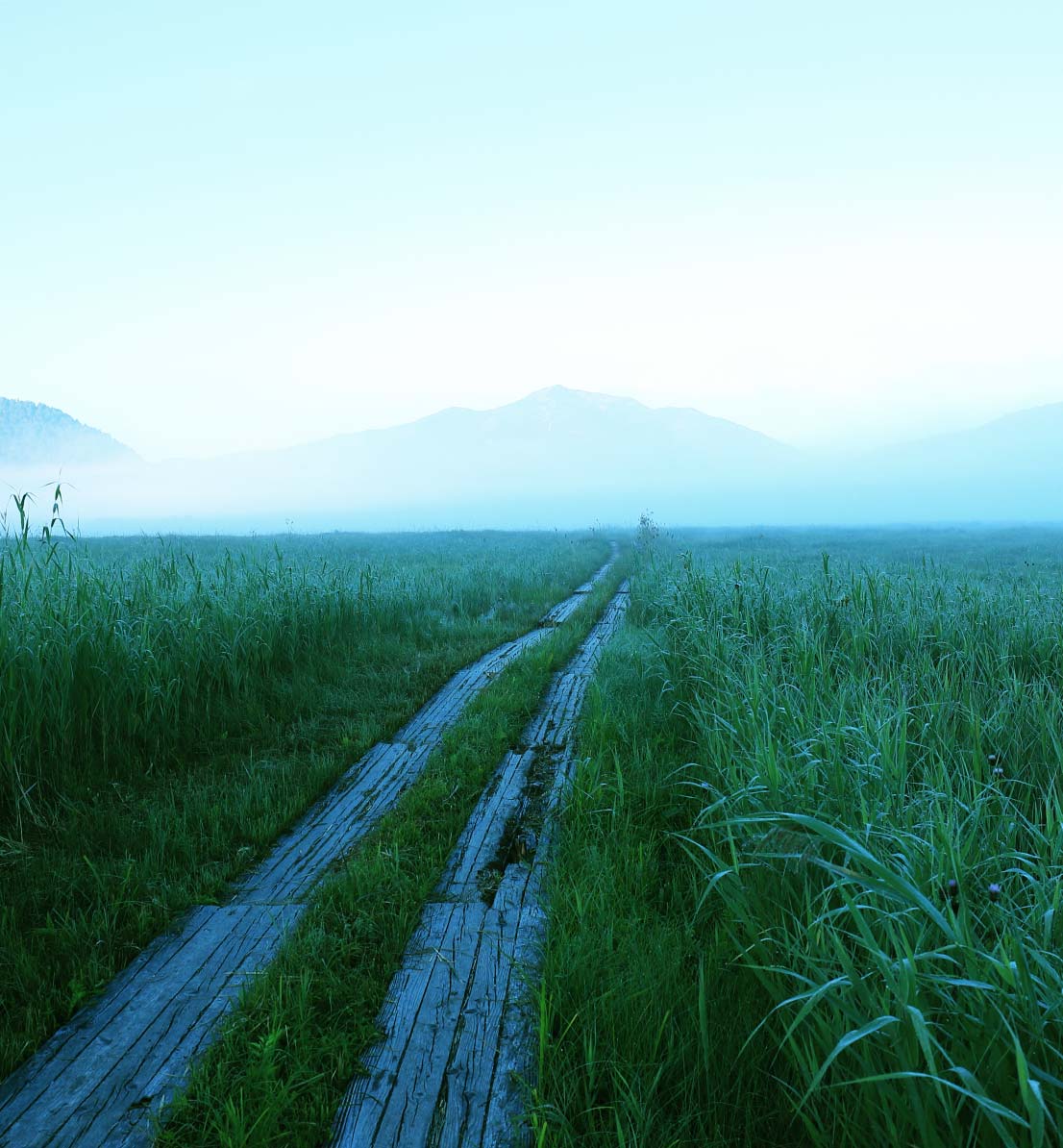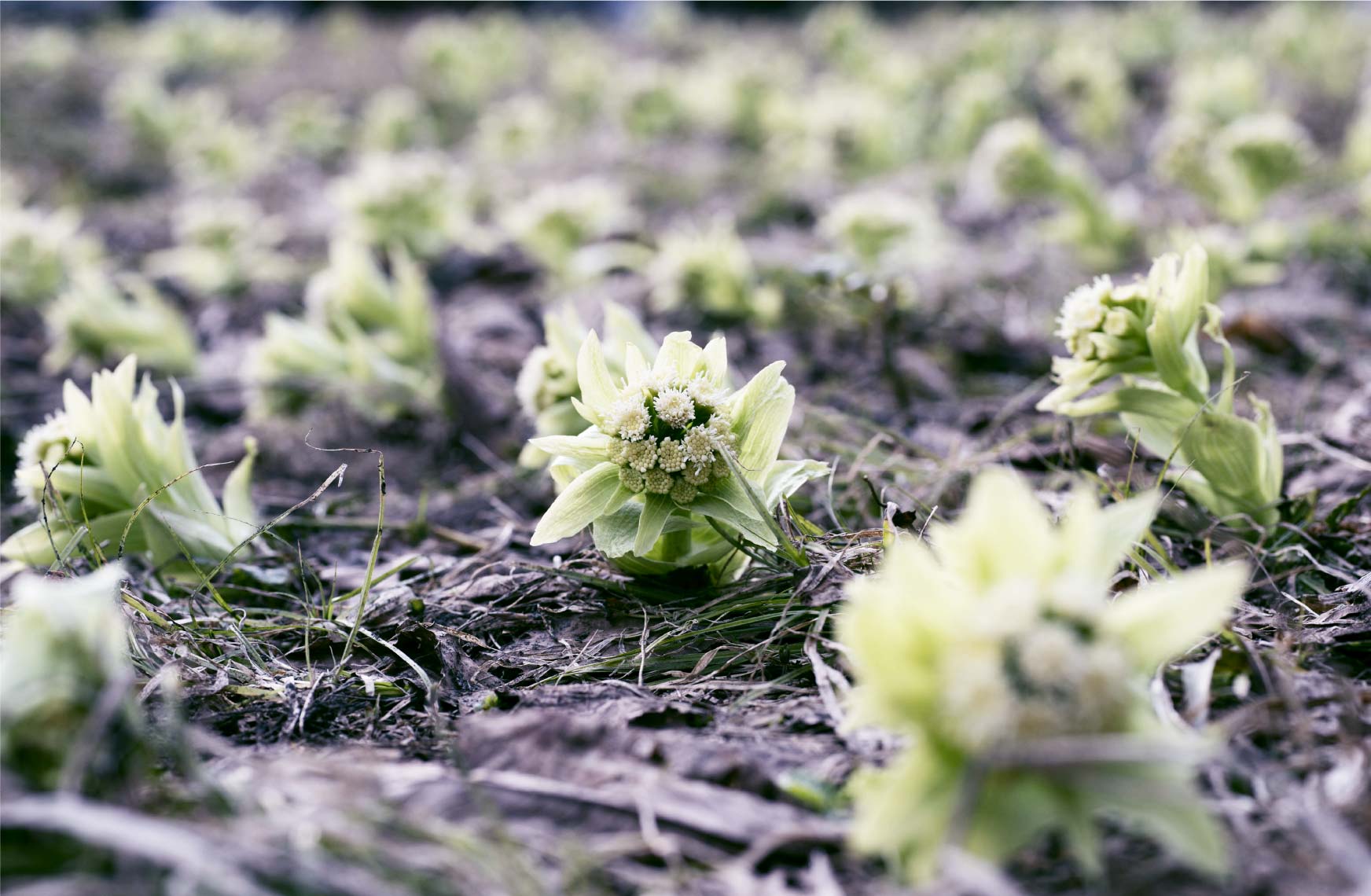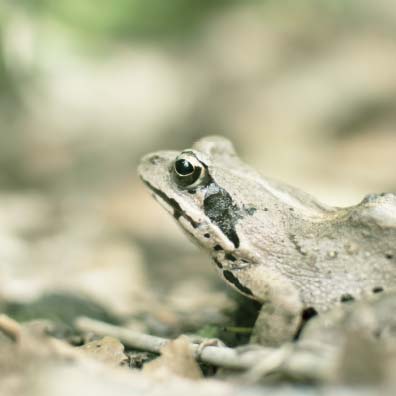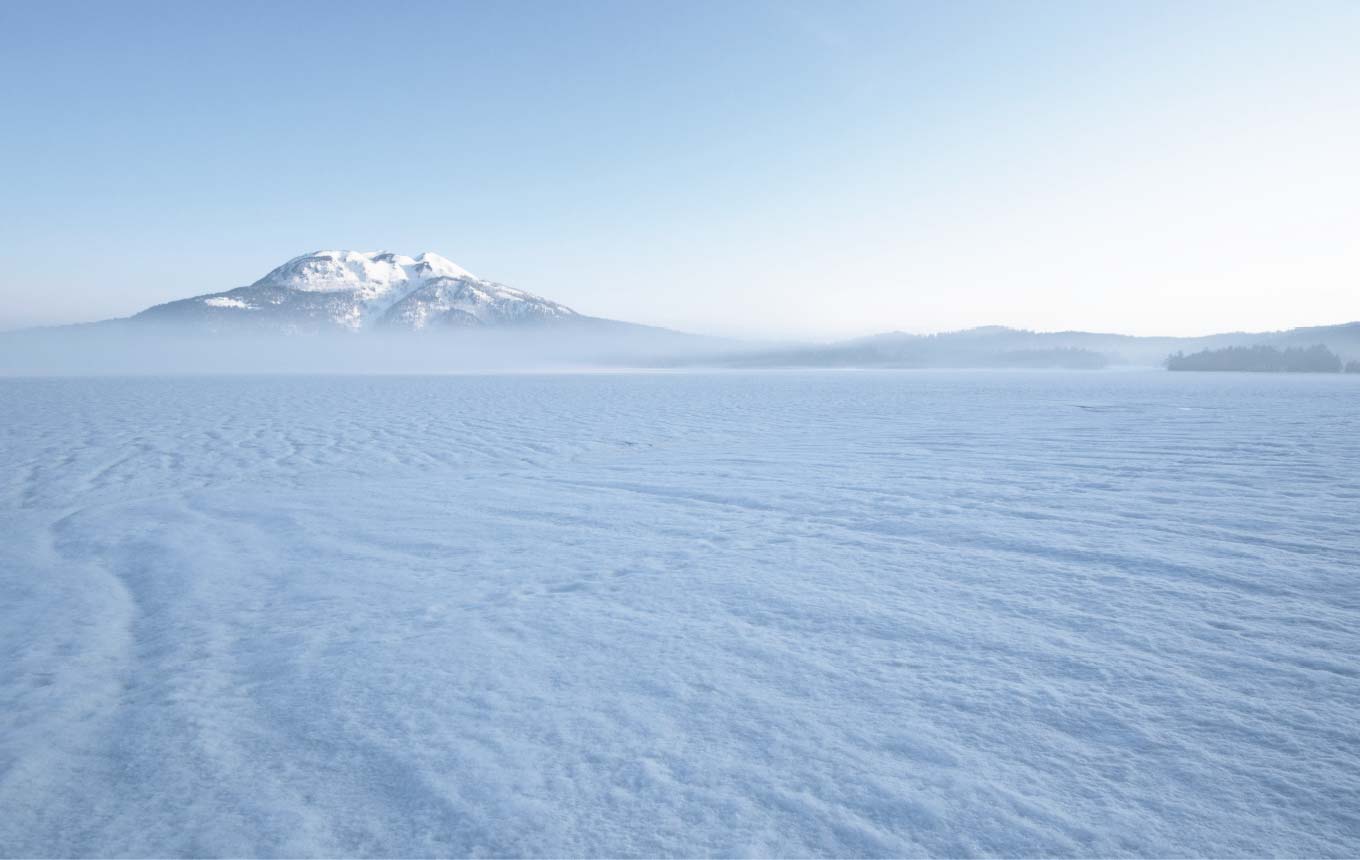
A Rare Nature
Why not learn about the rare nature of Oze in Fukushima Prefecture? If you do your research beforehand, you are sure to encounter a lot of new discoveries and insights.

Why not learn about the rare nature of Oze in Fukushima Prefecture? If you do your research beforehand, you are sure to encounter a lot of new discoveries and insights.


Ozegahara Marsh is the largest high marsh in Honshu (Main Island), measuring 6 km in length and 2 km in width. The area that is now Ozegahara Marsh is thought to have been formed by rain and snow that fell on the surrounding mountains and flowed to form a shallow lake, oxbow lake, and a back marsh. The peat formation is believed to have begun about 8,000 years ago. It varies depending on the climate of the time of deposition, but is currently thought to be 0.7 mm per year. So if you leave a footprint of 1 cm in the marsh, it will take more than 10 years to recover.
Due to the low temperature, aquatic plants such as skunk cabbage that thrive in marshes are not decomposed by microorganisms even after they have withered, and are deposited in the water.
Eventually, peat mosses move into the center of the marsh, and as they wither and are repeatedly deposited, they form a layer of peat that creates a high marsh.
The mountains of Fukushima Oze vary in age and formation process. It is a mystery how they are all located so close to each other.

 Mt. Hiuchi
Mt. HiuchiAt 2,356 meters above sea level, there is no taller mountain at a higher latitude in Japan.
Although it is a stratovolcano, the only recorded eruption was phreatic and occurred approximately 500 years ago. Individual eruption activities are not clearly known.
In 1889, Chozo Hirano, who was 19 years old at the time and later became a leading figure in the protection of Oze, succeeded in climbing the mountain with his friends. The stone shrine of Daigongen, which he carried at the time, is enshrined at the top of the mountain.
It is believed that a debris avalanche occurred about 8,000 years ago and formed Lake Ozenuma.
It is said that the name comes from the fact that the lingering snow looks like fire tongs from Hinoemata Village at the foot of the mountain.

 Mt. Aizukoma
Mt. AizukomaMt. Aizukoma is 2,133 meters above sea level. The entire area is formed by old strata from the Paleozoic era. The ridgelines are gentle due to erosion over the years, but the gaps between the ridges and the valleys are deep; a characteristic that can be seen in the trails.
According to the "Shinpen Aizu Fudoki" (ancient records of culture and geography in Aizu) compiled in the Edo period, the origin of the name comes from the snow formation of a horse shape which appears during the snow season.
The gentle slope of the ridge is surrounded by high marsh and ponds formed by the heavy snowfall and cool climate.
It is said that Komadake Daimyojin, the deity of Mt. Aizukoma, was enshrined on the mountain in the 7th year of Konin (816). Since then, it has been revered as an object of worship in Hinoemata Village, located at the foot of the mountain.

 Mt. Tashiro
Mt. TashiroThe 1,926-meter-high mountain was formed by volcanic activity and erosion over many years, creating a single plateau-like profile that is unique throughout the world.
Mt. Tashiro was founded in 1912. At that time, Mt. Tashiro was feared to be inhabited by demons. But when Oyama Zenhachiro Tokisumi of the Yunohana area and two high priests from Mt. Koya ascended the trail-less Mt. Tashiro, they broke the superstition and enshrined a statue of Kobo-Daishi. Oyama Zenhachiro Tokisumi later built the Taishido temple at the summit, which is the current shelter hut.
Approximately 20 hectares of marshland have been formed on top of the mountain. In the marsh, many flowers bloom during the short summer.

Oze is a treasure trove of alpine plants. There are more than 900 species of higher plants that are confirmed to grow here. In Oze, a region with heavy snowfall, more than half of the year is spent in snow. Plants bud, bloom, and bear fruit in the short period of time between mid-May and mid-October. The short time we have to enjoy trekking is the very short life of the plants. The animals and insects in Oze are also connected to this cycle of plant life.

 Spring comes with the melting of snow
Spring comes with the melting of snowSpring arrives late in Oze. Skunk cabbage, the symbol of Oze, stands at the edge of the marshes enlarged by the melting snow. The small yellow flowers that bloom beside them are Ryukinka (marsh marigold). The flower meaning is "Happiness that always comes". As winter always gives way to spring, a glorious display of the cycle of life appears.
 Wind, water, and sky of summer
Wind, water, and sky of summerThe short but beautiful summer of Oze begins in late June when the mountains are covered in fresh green leaves. After witnessing the cotton grass fluttering in the breeze under the blue sky, the marshland shimmers with the color of broad dwarf day lilies. The small but crisp white flowers that bloom in the pond are the pygmy waterlilies. At night, the Milky Way twinkles like a shimmering light.
 Living creatures enjoying summer
Living creatures enjoying summerDuring summer, you can see more living creatures in the marshes, swamps, and forests of Oze than you can even imagine in urban areas. Do not approach or touch them, but gently watch them behaving naturally.




 Next to the grass and trees in autumn
Next to the grass and trees in autumnAfter the Obon Festival in mid-August, a cool breeze blows over Oze, and the surrounding area gradually takes on the hues of autumn. The red and yellow forests of the broadleaf trees and the blazing grass of the marshland are like a tapestry woven by the earth. The contrast of the wet and glistening fallen leaves on a rainy day is also pleasing to the eye.
 A closed, winter wonderland
A closed, winter wonderland
The off-season starts in November at Oze. Frost and snow begin to fall on the land once everyone leaves. Three to five meters of snow accumulates during the six-month-long winter. The thick snow protects the marshland from the freezing cold winds and nurtures the life that awaits the next spring.

